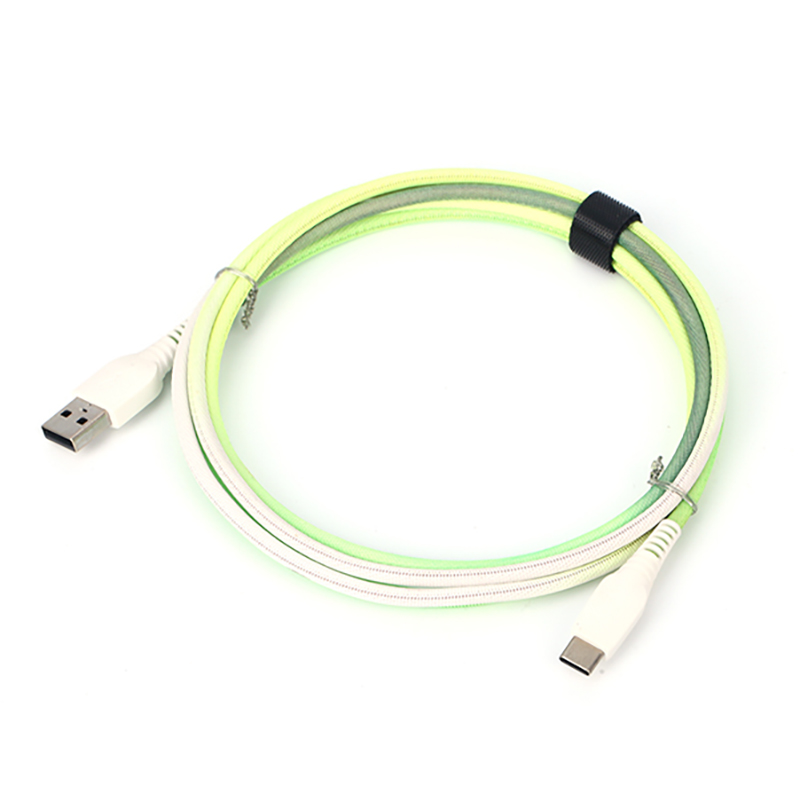First, let's explore the basic concept of USB, known as Universal Serial Bus, a new generation of interface standards created by the computer and communications industries in 1994. As a high-speed serial bus, USB's excellent transmission speed enables it to meet many high-speed data transmission needs, and is therefore widely used in many fields. Its advantages include convenient power supply, simple installation, easy expansion, various transmission methods and excellent compatibility.
USB 2.0 and USB 3.0 are particularly popular in the market today. Next, we will focus on the characteristics of these two and the differences between the detailed analysis.
First look at USB2.0. USB2.0 bus protocol specification by the USB-IF organization in 2000. It has up to 480Mbit / s transmission rate, while downward compatible with low-speed and full-speed transmission. In addition, USB2.0 also provides 5V power supply voltage, the maximum transmission distance reaches 5 meters, and supports the expansion of up to 127 USB devices through the HUB cascade. The transmission method is also very flexible, including control transmission, interrupt transmission, synchronous transmission and batch transmission.
Hard Disk USB 3.0 CABLE,
Monitor USB 3.0 CABLE,
USB 3.0 CABLE
Its structure is shown below:
Let's take a look at USB 3.0. The USB 3.0 specification was introduced by the USB-IF organization in 2008. Compared with USB2.0, USB3.0 has a significantly higher transfer rate of up to 5.0 Gbit/s. At the same time, it is still backward compatible with USB2.0 transfer rate, and the power supply voltage is the same as 5V, but the maximum current has been raised to 900 mA. In addition, USB3.0 introduces a new power management function, which makes the device more power-saving in the standby, sleep, and pause modes. The addition of full-duplex communication also further enhances its transmission efficiency.
So what is the difference between USB 2.0 and USB 3.0? First of all, in terms of appearance, USB 2.0 is usually designed in white or black, while USB 3.0 adopts a blue connector, which makes it easy for users to differentiate.
With the continuous progress of technology, more and more laptops nowadays begin to support both USB2.0 and USB3.0 interfaces. In this context, users need to master the differences and connections between the two, in order to more efficient and convenient data transmission and device connection. Through the detailed analysis of this article, I believe the reader has a more in-depth understanding of USB2.0 and USB3.0. In the future, in the face of a variety of USB interfaces, will be able to be more relaxed and at ease!



